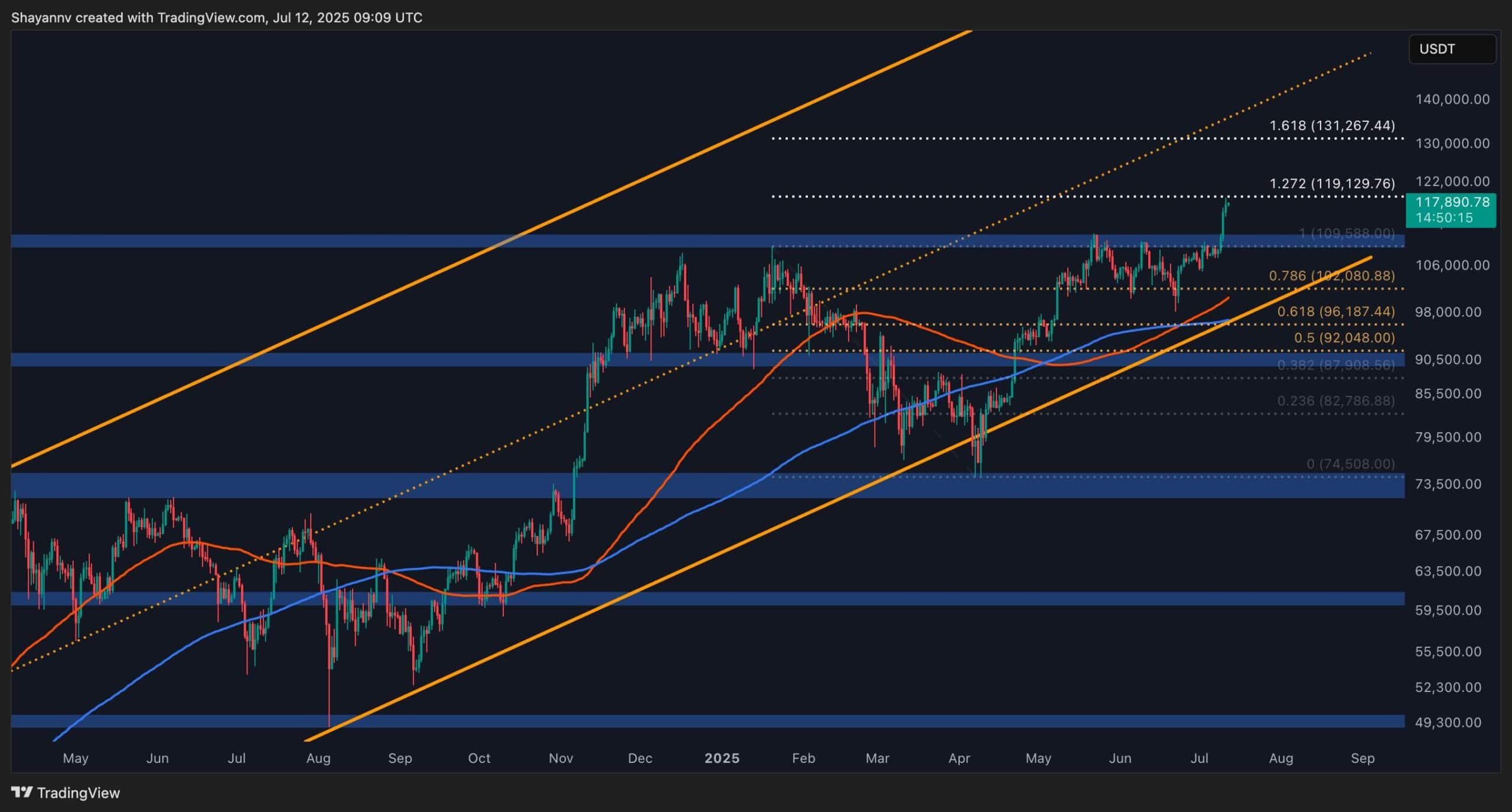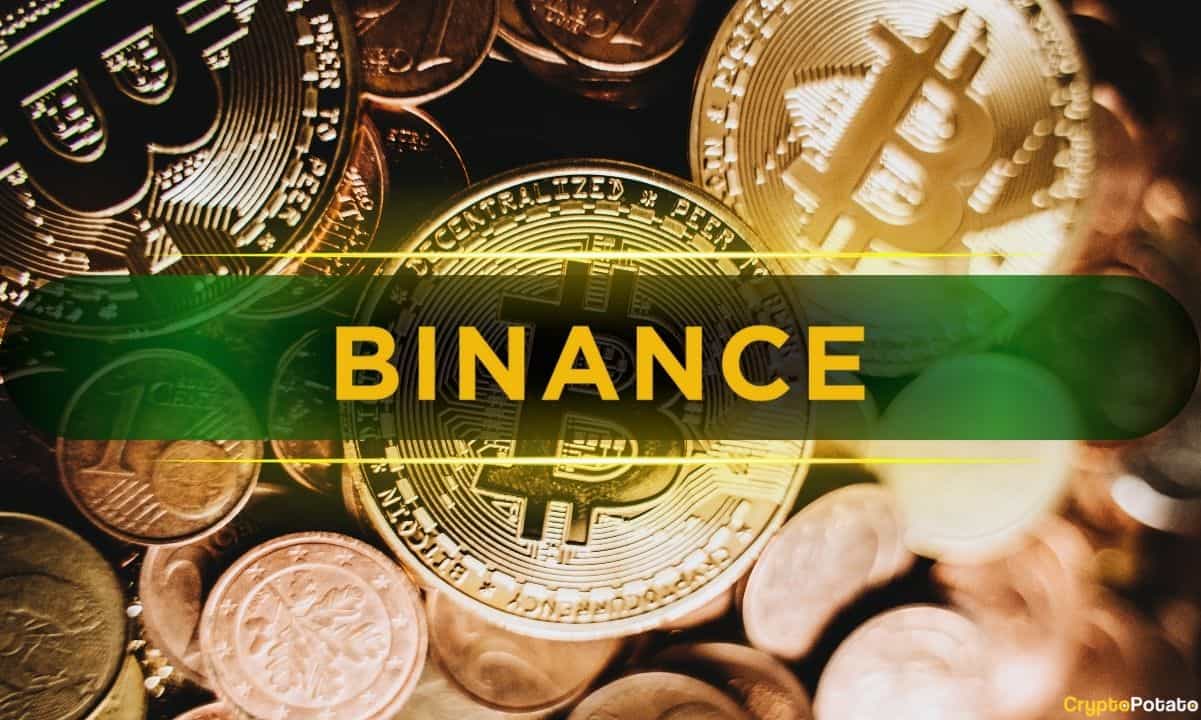US Dollar Russian Ruble
US Dollar Russian Ruble News
VIEW MOREBitcoin Price Analysis: Is a Correction Coming or Will BTC Break $120K Next?
Bitcoin has decisively broken above its previous all-time high of $111K, triggering a powerful bullish rally toward the key $120K psychological resistance. However, as BTC…
Why Is XRP Pumping? Whale Moves $90M as Ripple Price Nears $3
TL;DR XRP jumps 80% from April lows as whales move over $200 million in large transactions. ETF volume surges 5x above normal as traders await…
Binance Crushes Rivals: Grabs 37% of Global BTC Spot Volume in H1 2025
Binance led global BTC spot volume in the first half of 2025. CryptoQuant’s latest analysis revealed that the crypto exchange commanded more than 37% market…
USD to Ruble exchange rate
Dollar to Ruble exchange rate is constantly fluctuating, so to avoid financial and economic risks it is necessary to understand the forecasting mechanism and the mechanism that explains how the USD to TRY exchange rate is formed, but not only to RUB.
A bit of history
Up to the thirties of last century, the so-called gold standard was in effect in most countries. According to it, there was gold content in currencies. Governments were obliged to exchange their currencies for gold. To support the system, a strict ratio was imposed between a country’s domestic money supply and its gold reserves.
After the thirties and the Great Depression in America, most countries established a gold and currency system, where exchange rates were already formed by the relationship to the reserve currency, which was the dollar. The International Monetary Fund, created in 1944, helped to keep exchange rates stable. Contributions from it were used to grant loans to states experiencing financial problems.
In the 1970s, a floating exchange rate system replaced the gold and currency systems. The correlation of supply and demand forms its meaning, as securities on the stock exchange. However, the exchange rate did not become completely free.
When a state reached a certain limit, it had a parity (as it had been in Europe since 1979), and the central bank of the country, coordinating its actions with other countries, officially changed the rate. If the change was downward, there was a revaluation, and if it was upward, there was a devaluation. The limit was reached at changes of a few percent, but in the nineties it rose to fifteen percent.
Revaluation and devaluation are not the only ways in which the state intervenes in the process explaining how the USD to RUB exchange rate is formed. To avoid strong fluctuations, they introduce so-called currency interventions, where if the USD/RUB exchange rate falls, they buy it, and if vice versa, they sell it.
The mechanism is far from always successful, as the owners of the national currency located abroad do not obey the instructions of their governments. For example, if the U.S. raises its lending rate, the lending rate of monetary units outside the U.S. remains the same, making them more attractive.
General Factors Affecting the Dollar to Ruble Exchange Rate
Regardless of your goals, you should consider as many different factors as possible. Especially if you need to make a forecast.
Exports and imports
The higher the prices compared to those abroad in the country, the greater the imports will be. Thus, the price of USD to Russian ruble will be high. As income rises, the demand for imports increases, which will cause the national currency to become cheaper. On the other hand, when the national income abroad is high, the price of foreign currency decreases.
Capital Flows
When an investor wants more foreign cash, deposits, stocks, bonds, and liabilities, the price of foreign currency increases. On the other hand, payments to a nation strengthen its currency.
Data releases and pending data releases
Such data include: the publication of economic indicators by the host countries, statements on interest rate changes, economic surveys, and more.
Fund activity
Funds have a great influence on the movement of USD 1 to ruble when they invest in certain currencies. They have the power to make the USD.RUB exchange rate move in any direction.
Exporters and importers
They are users of the foreign exchange market, interested in buying and selling foreign currencies. However, the impact is negligible and of short duration, because the volume of their foreign trade transactions is negligible compared to the total volume of transactions on the foreign exchange market.
Statements by politicians
Such speeches are watched closely online at various meetings, summits, press conferences, etc., after which the currency market reacts immediately, depending on the strength of the statements.
How the rate of USD 1 to ruble is formed
Regularities explaining how the dollar vs ruble exchange rate is formed are as follows:
- When the demand for a currency increases, its price increases, and when the demand decreases, the price decreases accordingly.
- When the supply of currency goes up, its value goes down; and when the supply goes down, the price, on the contrary, goes up.
States influence the foreign exchange market through central banks. As we have already noted, it is extremely rare for a state to interfere completely with currency exchange operations (free floating conditions). As a rule, they influence the exchange rate from time to time (a state of dirty floating), thus influencing the way the USD/RUB exchange rate is formed.
States carry out direct and indirect regulation in the interests of production and consumption. Direct regulation takes place through discount policy and currency interventions. Indirect regulation takes place through inflation, the amount of money in circulation, and other things.
Every day, except weekends, the Central Bank sets the USD/RUB. USDRUB is determined based on how the day before trading on the Moscow Interbank Currency Exchange. The same applies to the euro. Other currencies are formed by cross-rates, i.e., the ratio between the ruble and another currency, based on the relation to the dollar.
Imports and exports are also affected. If more goods were sold than bought, it would be better for the national currency to become cheaper, and vice versa. The central bank sets exchange rates for more than thirty types of currencies.
Since 2005 the Central Bank has switched to a dual-currency dollar-euro basket. It is believed that in this way a more flexible regulation is achieved and an increase in volatility is realized. The exchange rate is calculated on the basis of the ratio of the dollar/euro currency pair on the forex markets and the ruble quotation against the euro on the MICEX.









